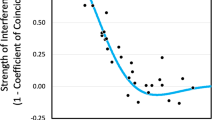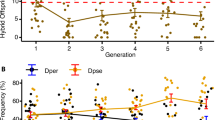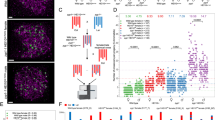Abstract
MEIOSIS in the males of the higher Diptera is characterized by absence of chiasmata. This means that as a rule genetical crossing-over occurs only in females. There are, however, a few exceptional families in Drosophila melanogaster1,2 and virilis3, the constitution of which can only be explained as due to crossing-over in the father. In these cases the exceptional offspring occurred in batches rather than singly. It was therefore supposed that crossing-over had taken place in one of the early spermatogonial divisions, though there is no cytological basis for this assumption.
This is a preview of subscription content, access via your institution
Access options
Subscribe to this journal
Receive 51 print issues and online access
$199.00 per year
only $3.90 per issue
Buy this article
- Purchase on SpringerLink
- Instant access to full article PDF
Prices may be subject to local taxes which are calculated during checkout
Similar content being viewed by others
References
Muller, Amer. Nat., 50 (1916).
Friesen, Biol. Zbl., 54 (1934).
Kikkawa, Proc. Imp. Acad. Japan, 9 (1933).
Author information
Authors and Affiliations
Rights and permissions
About this article
Cite this article
PHILIP, U. Crossing-over in the Males of Drosophila subobscura. Nature 153, 223 (1944). https://doi.org/10.1038/153223a0
Issue date:
DOI: https://doi.org/10.1038/153223a0
This article is cited by
-
Mutator genes—pacemakers of evolution
Nature (1978)
-
An analysis of spontaneous recombination in Drosophila melanogaster males
Heredity (1977)
-
Sperm dysfunction in sex ratio males of Drosophila subobscura
Genetica (1976)



